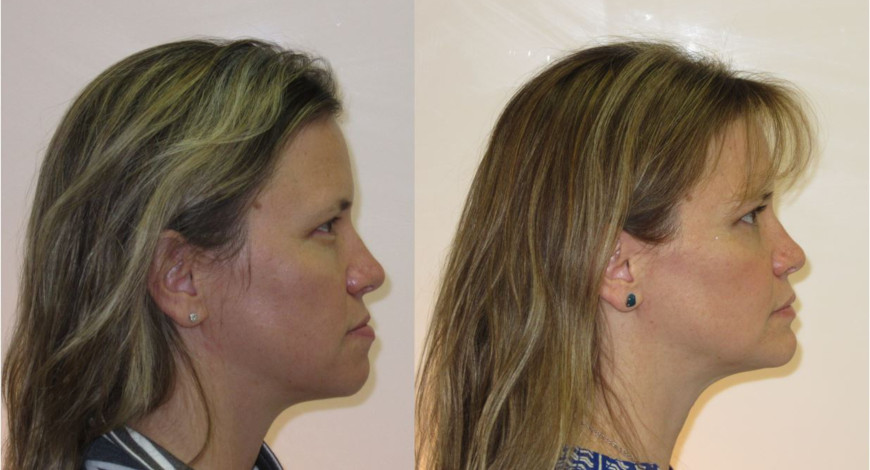Orthognathic Surgery
Achieving optimal tooth positioning and function is a delicate balance between your teeth, your soft tissues (gums and lips) and your bone (jaws). When our head and face is formed from our genetic code, sometimes our teeth and jaws don't match each other, or our teeth do, but our upper jaw doesn't match our lower jaw, or various other combinations of disharmonies. These mismatched relationships are called "discrepancies". Orthodontic treatment can help the teeth compensate for and camouflage a small amount of skeletal discrepancies, however, when the discrepancy exceeds this amount, a surgical procedure can be added to orthodontic treatment to accomplish a more ideal bite. There are 2 categories of surgeries: Periodontal Surgery (gum surgery - outlined in Surgically Facilitated Orthodontic Treatent) or Skeletal Surgery (where they are moving and reshaping jaws) and this is called Orthognathic surgery. Orthognathic Surgery has been used to treat under bites, over bites, open bites, and even things like sleep apnea and jaw joint (TMJ) disfunction. The surgery is usually done by an oral surgeon, but often requires orthodontic set up prior to, and following the surgery, in order to move the teeth into a position that will fit after the surgery is completed.

